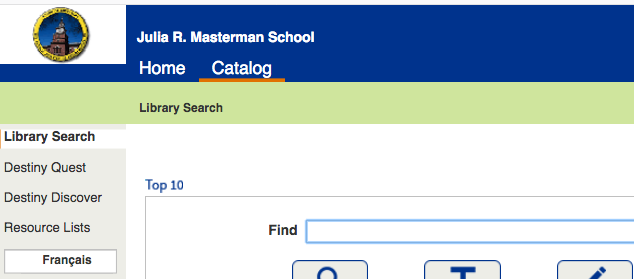Outlines provide the framework and direction for a research paper. Following a thoughtful outline can keep your paper focused and substantive. Outlines check off the main points of your paper. An outline may be likened to a more detailed Table of Contents for your paper. In fact, in very long research papers, you can treat the outline like the contents and include the page numbers each subtopic starts.
Outlines can begin with a skeletal list of what you want to include in your paper in sequential and logical order. Like the thesis, as you research, you can flesh out these main topics. The length of your paper determines how detailed the outline becomes. You can have a phrase/word phrase
There are some rules in formatting and grammar you must adhere to when writing outlines.
- Language in the outline needs to be parallel. For example, if you start the outline with verbs, all the phrases or sentences or words need to begin with verbs.
- Points in the outline need to be parallel. For example, for every A there is a B; for every 1, there needs to be a 2. If you don’t have two points to make about a subtopic, you can include the idea in the main subtopic.
Example of an outline:
The Benefits of Preschool: Why Having High-Quality Preschools in the United States Benefits Everyone
I. Introduction: The United States government is notorious for shortchanging preschool care.
II. Examining the early benefits
A. Enabling parents to work
B. Enriching the preschool-age child in worthwhile activities
C. Preparing the preschool-age child for school
III. Establishing a firm academic foundation
A. Ensuring on-target academic performance
B. Ensuring likelihood of further education
IV. Influencing a better society
A. Reducing crime
B. Enhancing health
C. Decreasing teen pregnancy
V. Conclusion: The investment in preschools is fiscally sound because of its wide-ranging effects on society.

